
It is moving at 153,000 miles per hour, older than the Sun itself, and will never return-yet for a brief moment, humanity has captured its portrait from multiple worlds and vantage points. Comet 3I/ATLAS, just the third confirmed interstellar object, has become the focus of an extraordinary coordinated observation campaign across NASA’s fleet and international partners, yielding the most detailed look yet at a visitor from beyond our Solar System.
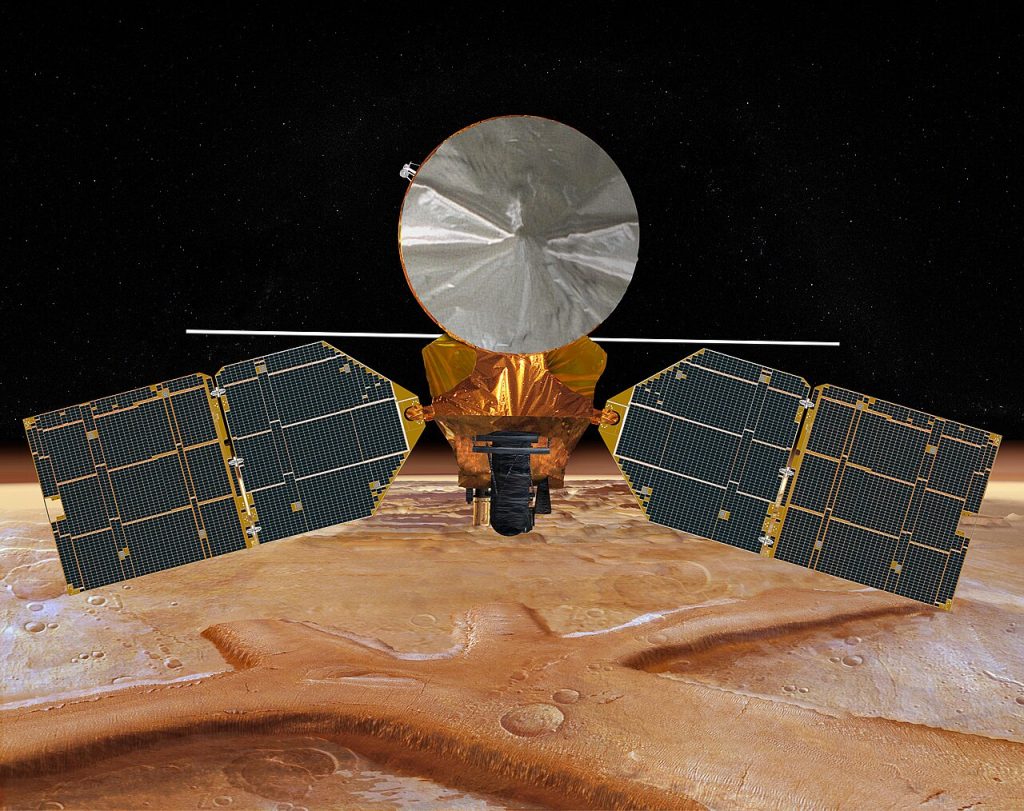
1. Mars as the Prime Observatory
When 3I/ATLAS reached perihelion on October 29, Earth was on the wrong side of the Sun for direct observation. But Mars was ideally placed. The Mars Reconnaissance Orbiter (MRO) turned its HiRISE camera-usually used to map Martian terrain-to capture the comet from 19 million miles away. The resulting monochrome imagery reveals a diffuse coma about 19 miles per pixel in extent, shedding dust and ice as solar heating increased. Meanwhile, MAVEN-orbiting Mars-supplemented this with ultraviolet imagery that traced hydrogen emissions in the coma and tail, allowing studies of chemical composition and even estimates of the comet’s deuterium-to-hydrogen ratio, a key tracer of its origin.
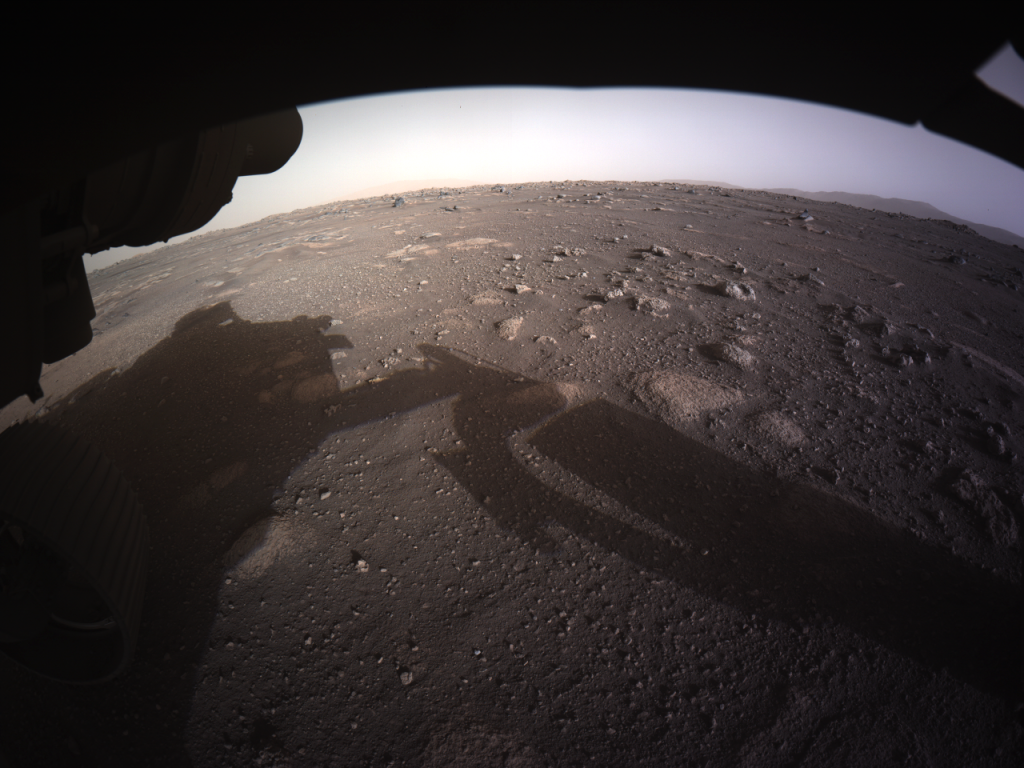
2. Surface Perspective of Perseverance
The Perseverance rover looked skyward from Jezero Crater on Oct. 4 and caught the comet as a faint smudge amid star trails. Though modest in appearance, such ground-level imaging from Mars affords unique geometric baselines for triangulating the comet’s position when combined with orbital data.
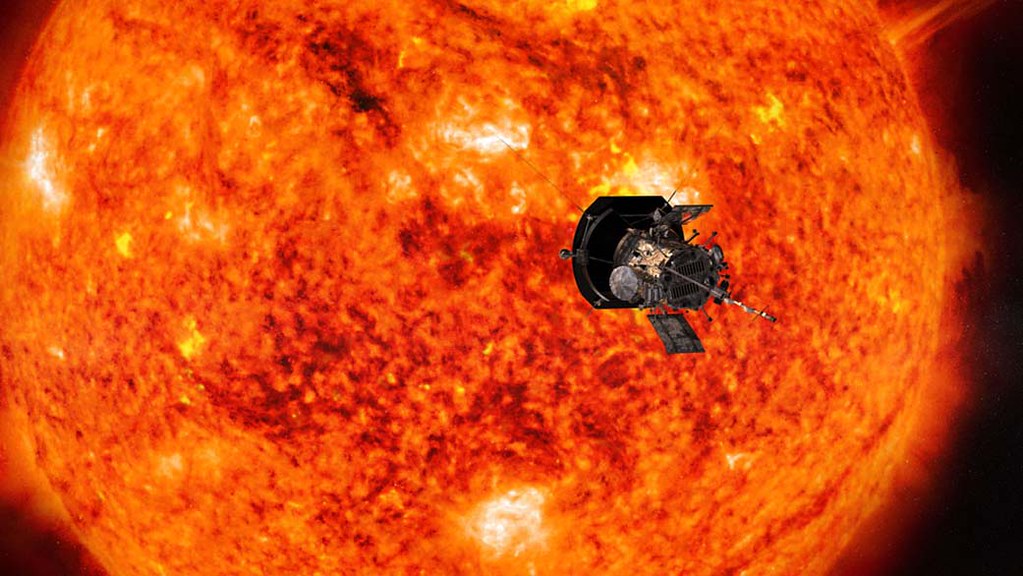
3. Solar Observatory Ingenuity
NASA’s heliophysics missions, designed to study the Sun, pushed their instruments to detect the faint comet against solar glare. STEREO Heliospheric Imager used stacking techniques to reveal 3I/ATLAS as a hazy white form; PUNCH tracked its tail elongation between September 28 and October 10. SOHO imaged it at 222 million miles away with the LASCO coronagraph, while adding another wavelength set to the dataset.
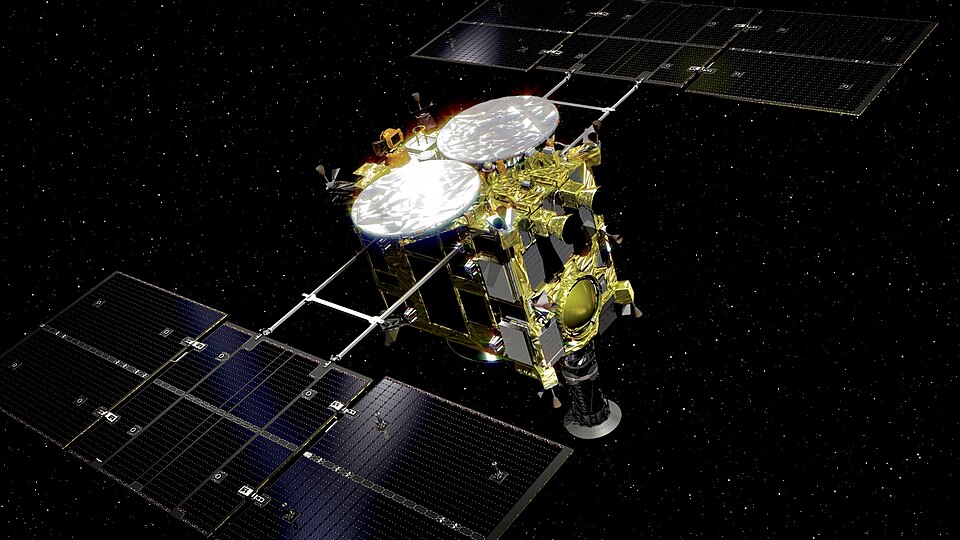
4. Contributions by Asteroid-Bound Spacecraft
NASA’s Lucy and Psyche missions, bound for asteroid destinations, turned cameras to view the comet tens of millions of miles away. Such viewpoints-with the Sun backlighting-illuminated the three-dimensional structure of the coma and distribution of dust neither accessible by any Earth-based views.

5. Spectral Composition Surprises
Abundant carbon dioxide, together with water ice, was found in the nucleus from infrared observations by the James Webb Space Telescope and SPHEREx. The ratio of CO₂ to water is among the highest ever measured for any comet; this indicates its formation in a region rich in carbon dioxide ice or else long exposure to intensive radiation. An unusual nickel-to-iron ratio was also found in the gas plume through spectroscopy, where dominant nickel emissions were found far from the Sun-a feature currently under investigation.

6. Orbital Mechanics and Trajectory Refinement
3I/ATLAS follows a hyperbolic trajectory and, therefore, is not bound by the Sun’s gravity. Trajectory predictions improved tenfold through combined Earth and Mars observations by ESA’s ExoMars Trace Gas Orbiter between October 1 and 7. The precision supports not only continued tracking but also planetary defense strategies for future interstellar encounters.
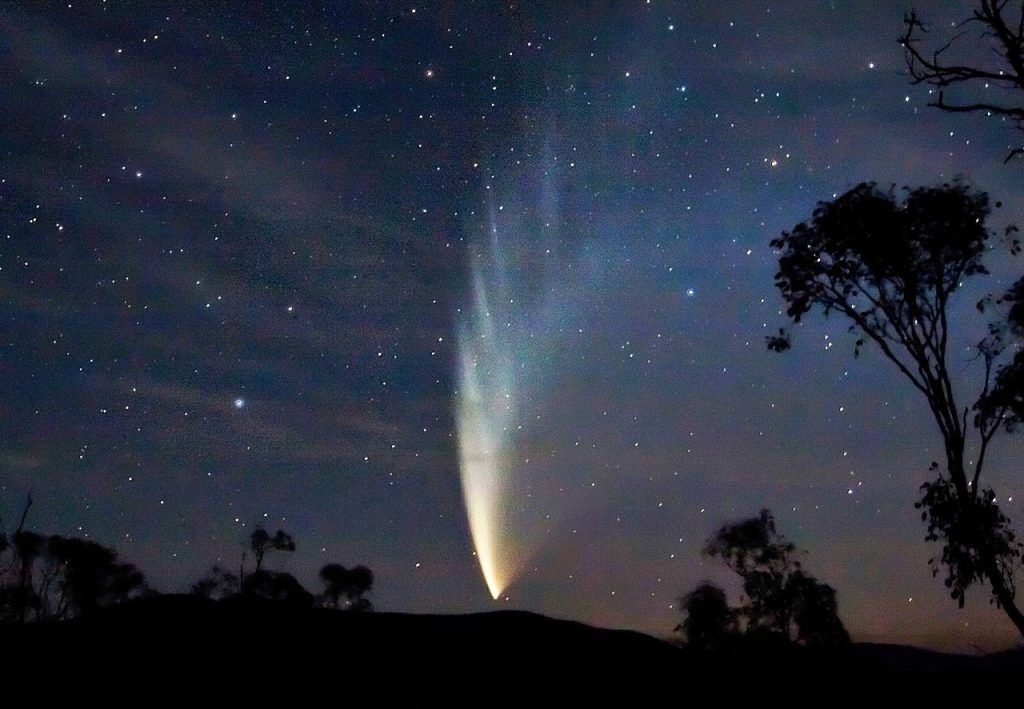
7. Non-Gravitational Forces and Jet Activity
Jets of sublimating material act as micro-thrusters, gradually altering the comet’s orbit. While such forces are not unique to this comet, nonetheless, continued astrometric follow-up aims at quantifying their effect on 3I/ATLAS. A range of observations has revealed multiple tails, including an anti-tail pointing sunward, likely consisting of large dust grains (~100 microns) that are slowly affected by the solar radiation pressure.
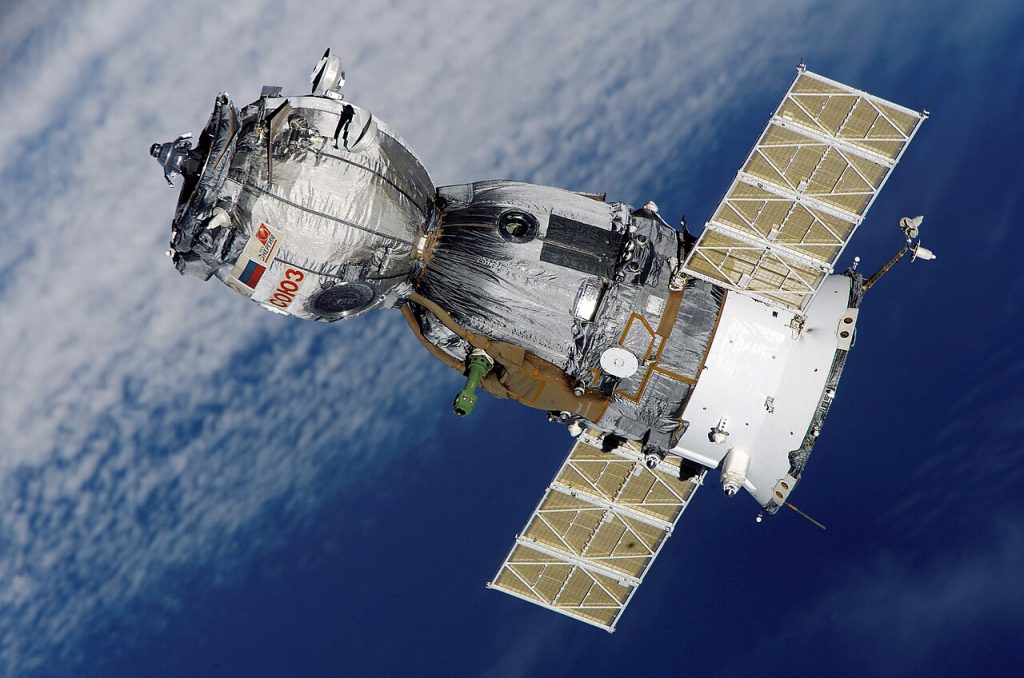
8. Engineering Challenges in Imaging
Capturing a faint, fast-moving target from spacecraft not designed for cometary imaging meant pushing hardware beyond spec. Orchestrating nearly 20 missions called for precision timing, instrument reconfigurations, and innovations in data processing to enhance the faint signals, including multi-frame stacking.

9. Scientific Importance of an Ancient Visitor
Shawn Domagal-Goldman defined interstellar comets as “frozen fossils” of conditions at the time of their formation. Given that it most likely originated in a star system older than our own, 3I/ATLAS presents a rare chemical and structural record of planetary system diversity across the galaxy. Comparing its dust and volatile composition to those in Solar System comets may reveal how diverse environments shape the evolution of comets.
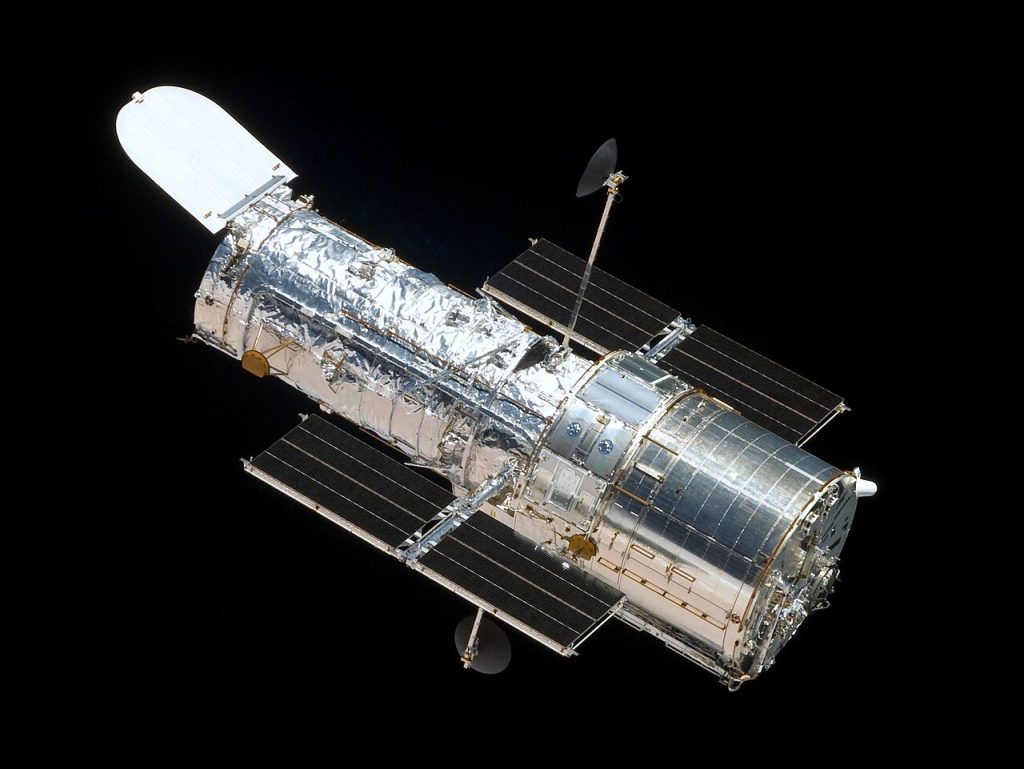
10. Future Ground-Based Opportunities
On December 19, 3I/ATLAS will pass within 170 million miles of Earth, its closest approach, which offers the best opportunity for ground-based telescopes to contribute high-resolution optical and spectroscopic data before the comet fades into interstellar space. The James Webb Space Telescope is expected to be the last to track it as it departs. This unprecedented dataset of multi-mission imagery, ranging from ultraviolet to visible, infrared, and coronagraphic observations, will be publicly available to scientists and citizen astronomers alike to help unlock the secrets of this interstellar visitor.


